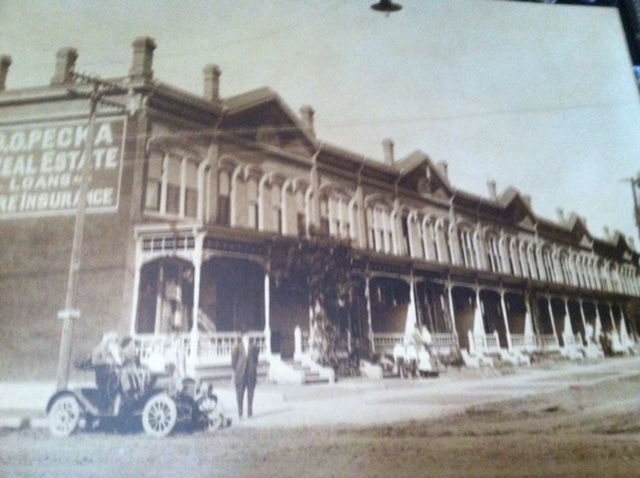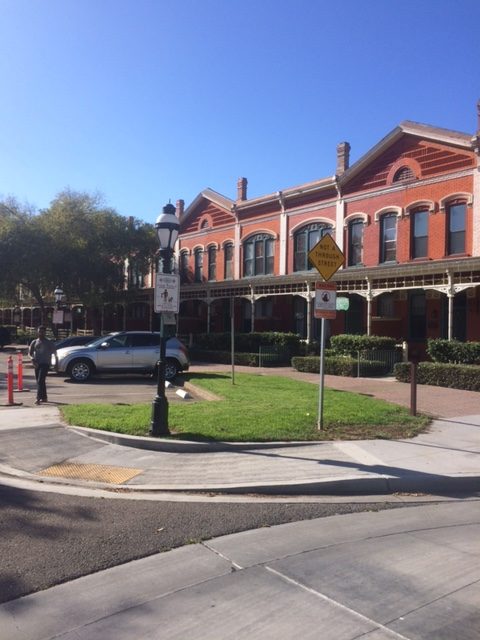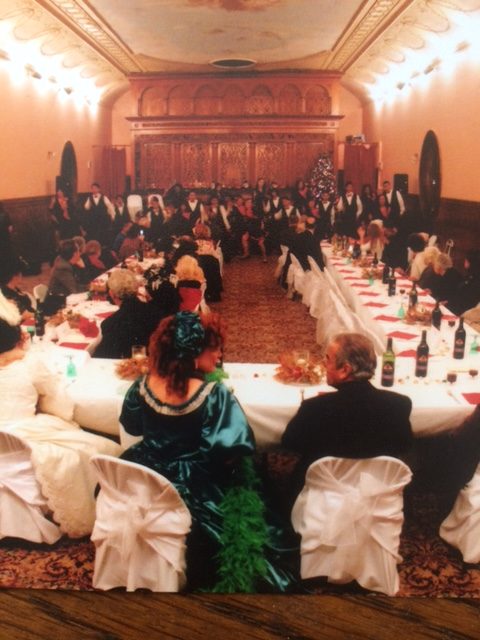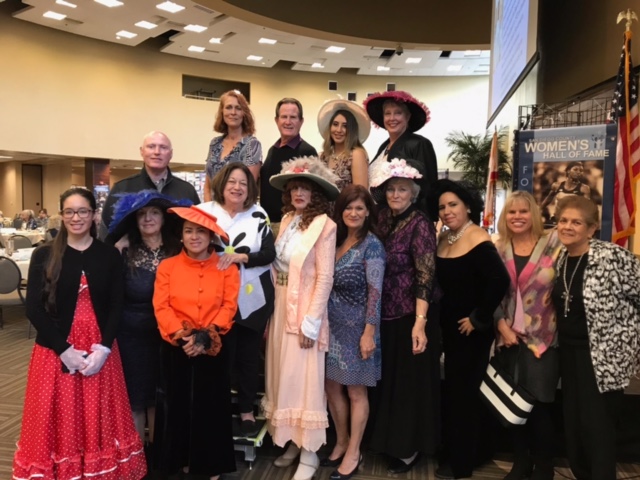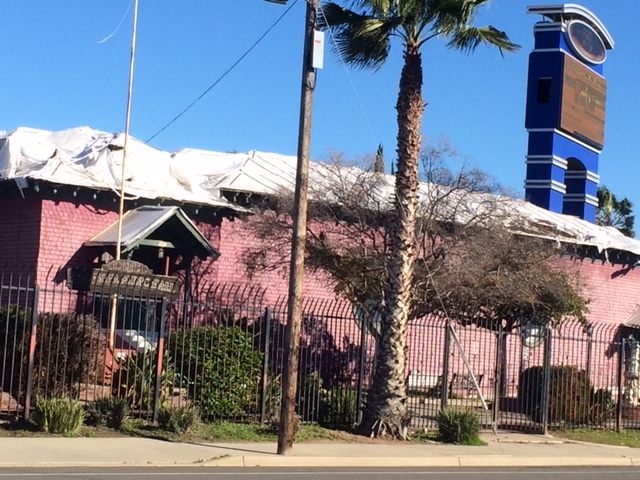Frank Kimball first brought novelty and change to the area by building his personal residence. His home included a bathtub as well as hot, running water, making it the first modern house in the entire county. However, it was more than his personal innovative endeavors that allowed the region to flourish. By constructing the first roads and railroad in what is now National City, Frank and his brothers most notably were responsible for introducing modern plumbing to their home. They introduced modern transportation to the residents of the community. The brothers also implemented the area’s first post office and the wharf for sea-bound imports and exports. These large ventures, coupled with smaller personal missions, both contributed to the overall goal of creating a community unparalleled to the times. A lasting mark of the Kimballs was the trees they imported and planted from Europe and Asia, accomplished via a partnership with the U.S. Department of Agriculture. These trees can be found dotted throughout the city to this very day. It was the passion and influence of the Kimballs as well as other early pioneers that made way for the city’s incorporation on September 17, 1887. The Kimballs started the first bank, a matchbook factory and the first free school.
The history starts of course hundreds perhaps thousands of years ago with the American Indians and the band of Kumeyaay Indians. In 1867with Frank Kimball and his family purchasing Rancho De La Nacion from the Mexican Governor after the revolutionary war ended. The first major accomplishment was when Frank Kimball and his team created the first wharf and then eventually bringing the first railroad terminus in all of Southern California to National City. It is open to the public for viewing and the address is 923 W 23rd Street, National City.
The Kimball brothers started the first brick factory and made the bricks to construct the glorious ten unit Philadelphia replica row homes and called it Brick Row to house the railroad executives while they built the terminus in National City. The railroad executives were from the Eastern section of the United States and the Kimballs wanted them to feel comfortable while spending time in the City. The waterfront wharf, a Kimball endeavor unfortunately, about 20 years after it was built was destroyed by wood worms. It was then that Kimball negotiated to build a new one more toward what became San Diego’s harbor and the home of the San Diego Navy. Further west became the embarcadero and where the Italians and Japanese relocated after he started the fishing industry in National City. Today, we now it know as Little Italy. Many Asians Filipinos, Chinese, and Japanese were employed by Kimball to work on the railroad as it was in National City. The Asian people including Filipinos started restaurants, laundries and there was even a huge china factory, Italian macaroni factory, and a tile factory in National City. National City made the tiles that were used at the San Diego train depot.
During this time the Kimball wives started the planting for the olive industry which became very large, producing many products such as olive oil, soap and other products that were made containing olive oil. Frank Kimball worked for the department of agriculture and one of the main reasons they choose this location is because the soil was very good for growing. They started the citrus industry in Southern California along with the alligator pear which is more commonly known as the avocado. Frank Kimball and the brothers grew and planted cedar, pine, cypress, almond, pear and peach trees.
